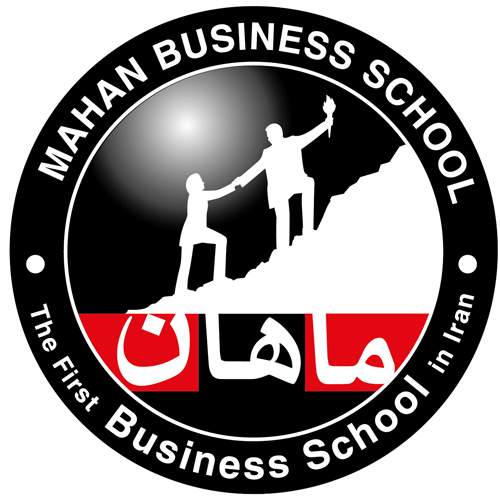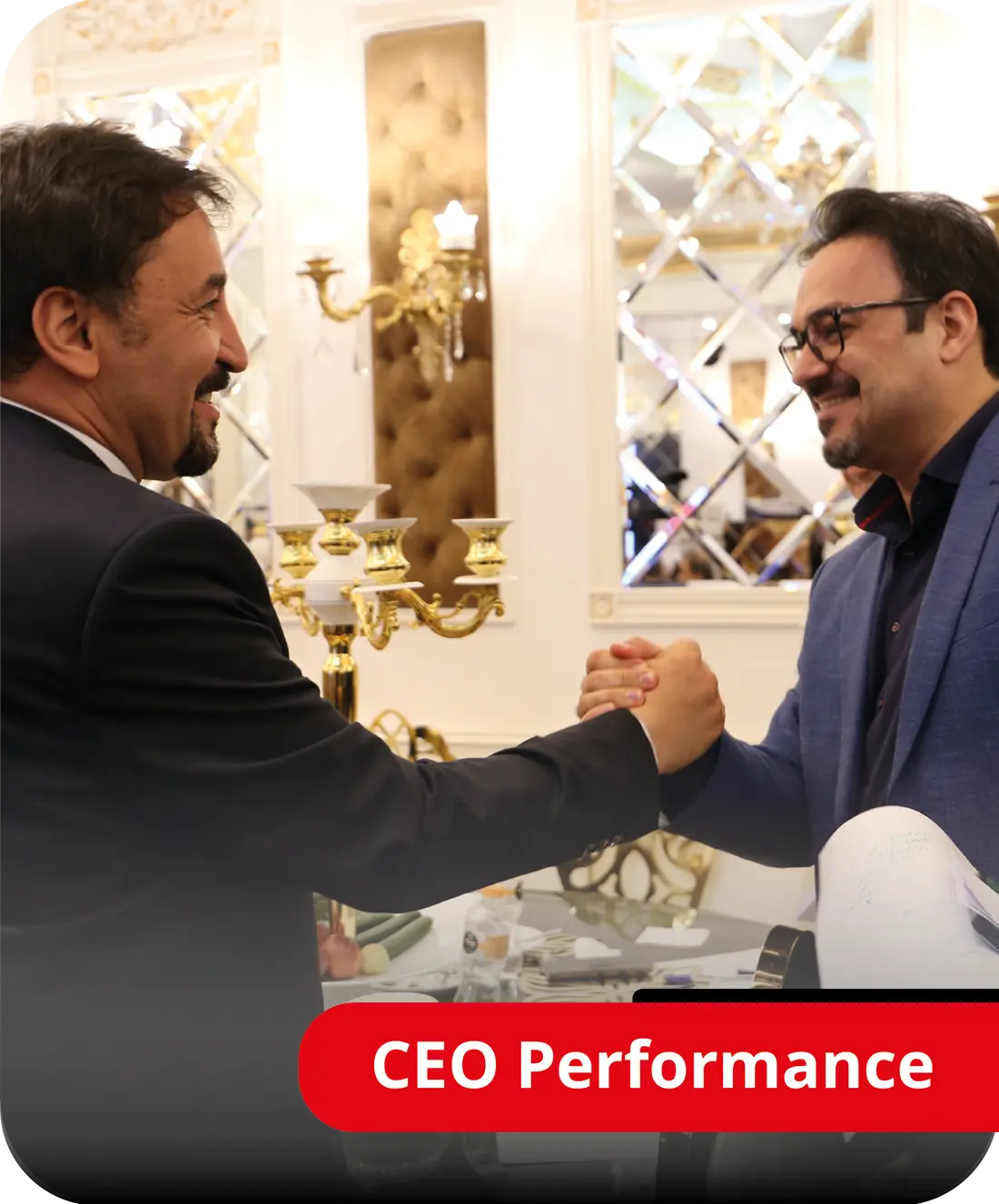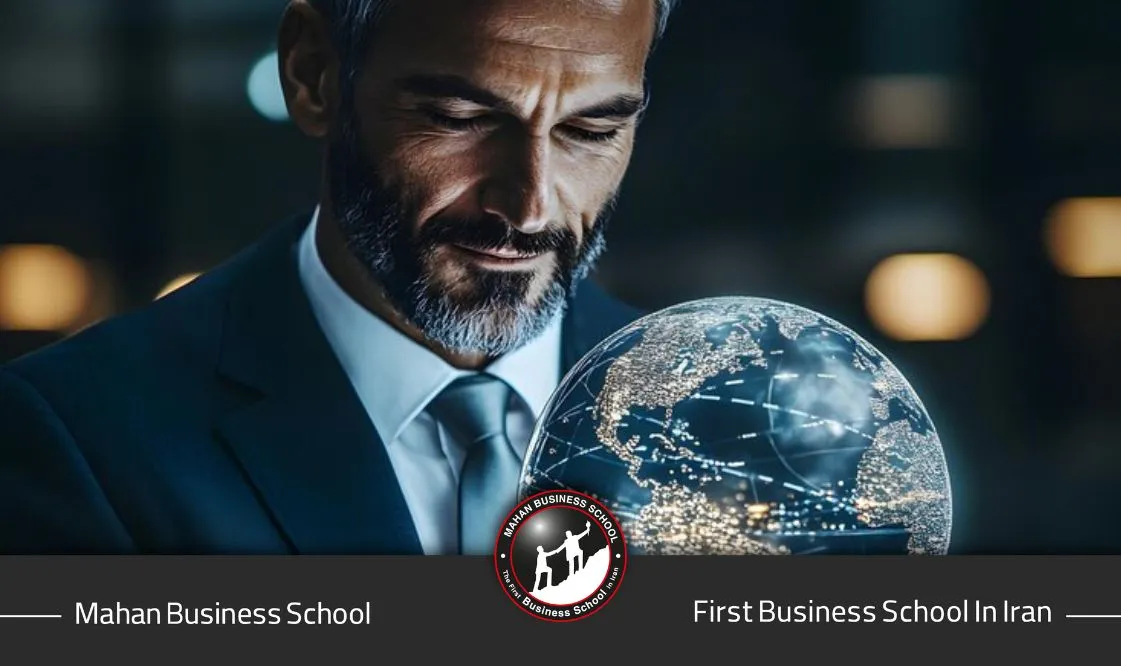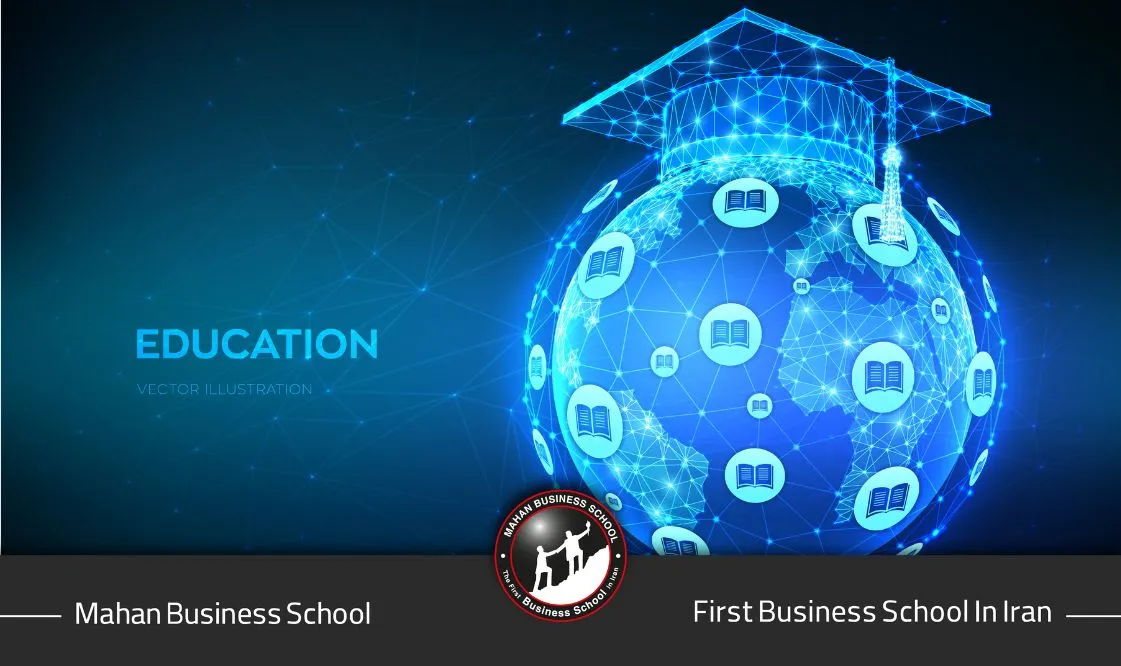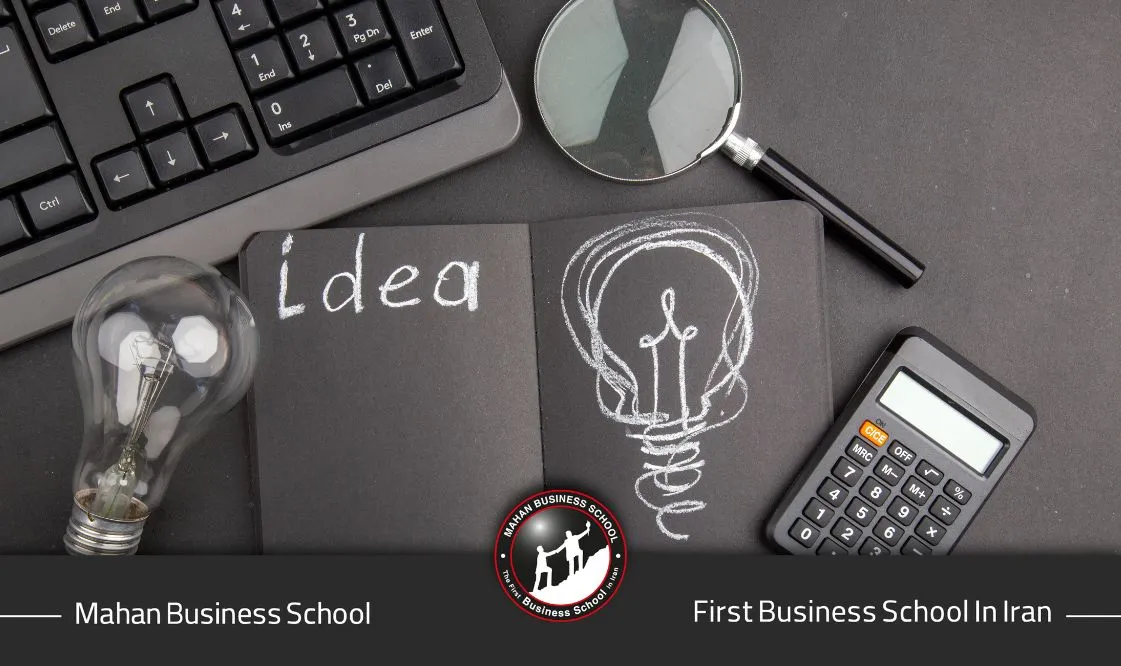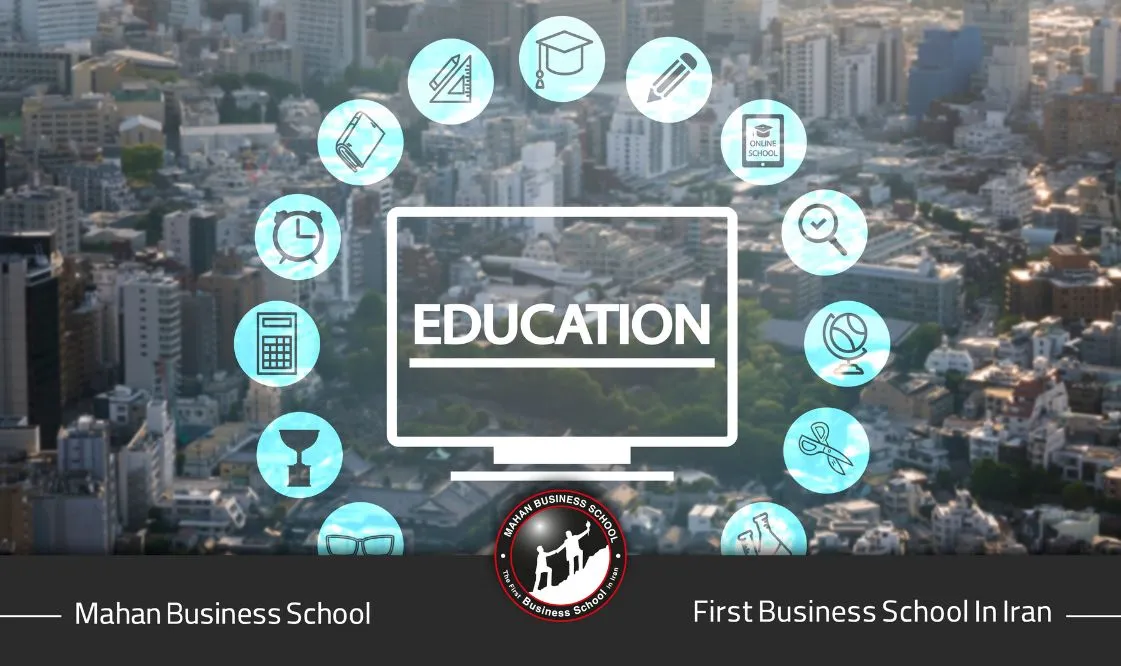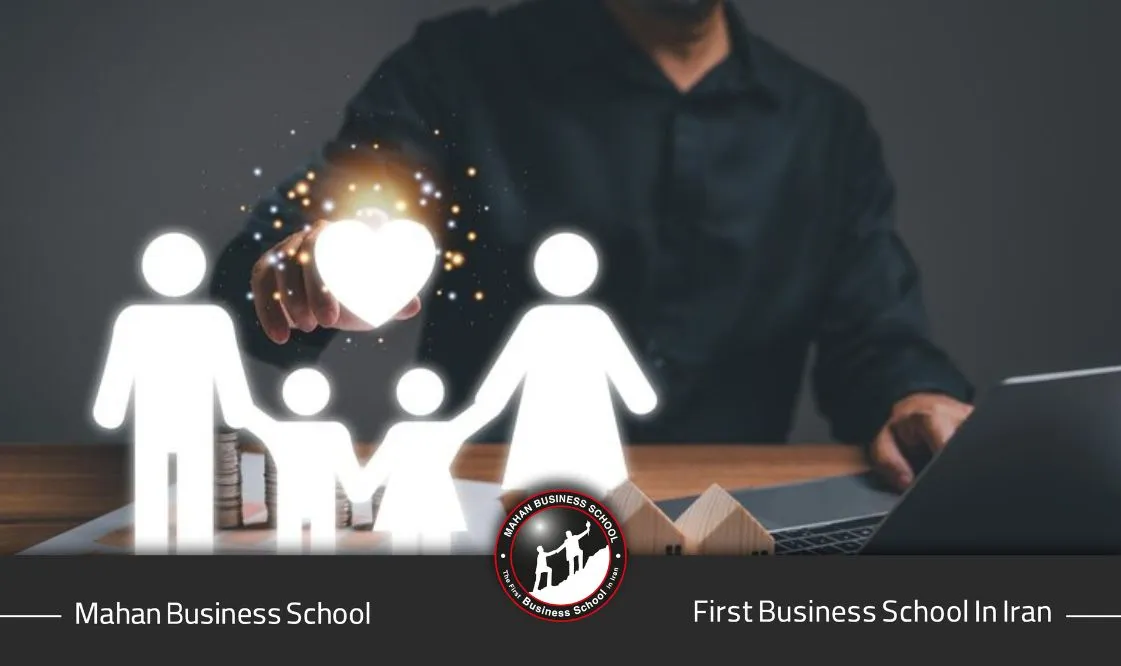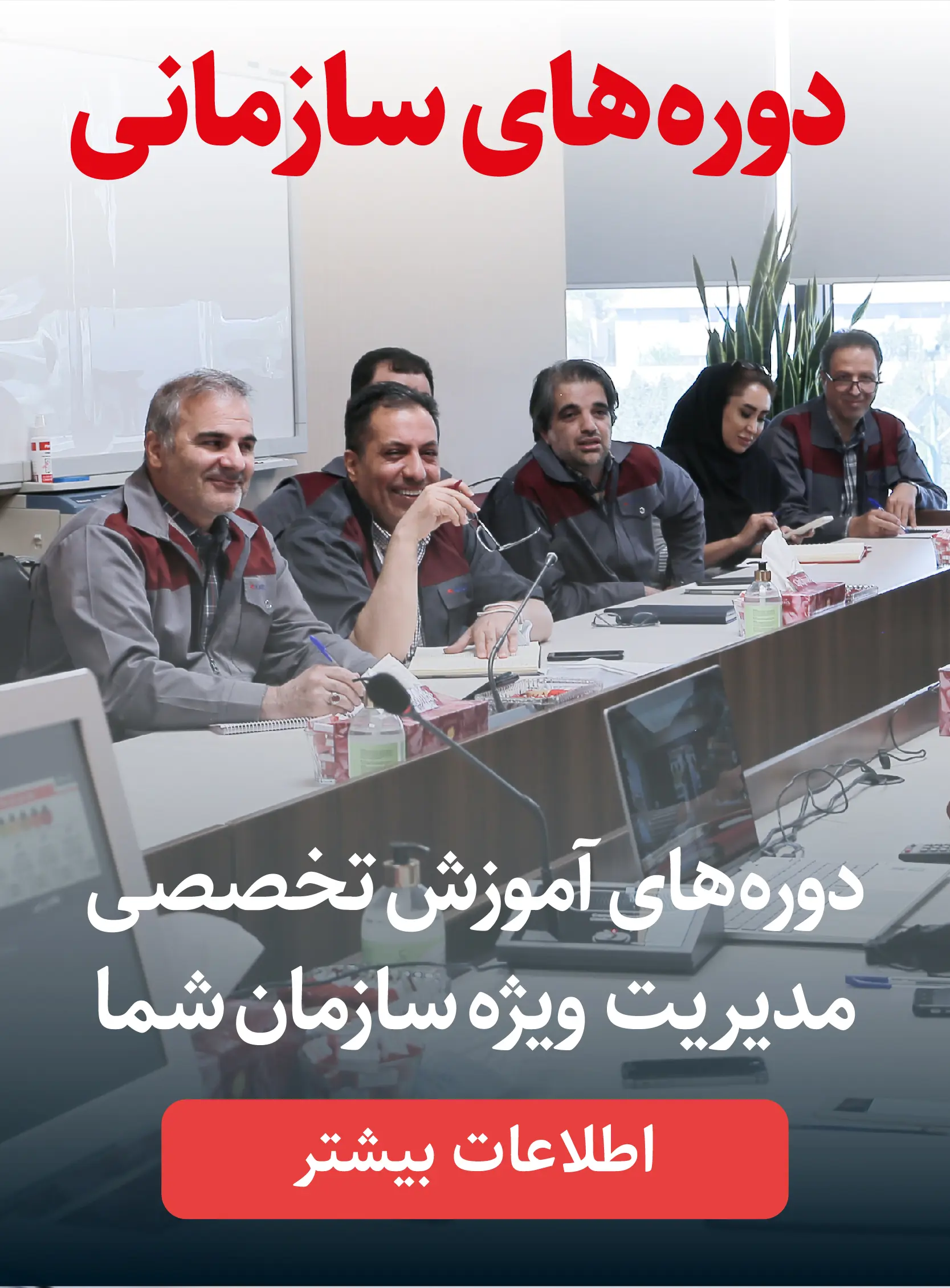Corporate prestige is a concept that encompasses the reputation, status, and public perception of a company or institution within its industry and society. It reflects how external audiences—such as customers, employees, investors, and the general public—view an organization based on its achievements, ethical practices, leadership quality, and overall success. Attaining and maintaining organizational credibility requires ongoing efforts, including high performance standards, social responsibility, and transparent communication.
For many organizations, credibility is not merely a byproduct of success but a strategic asset that can significantly influence their growth and sustainability. Companies with high organizational prestige are more likely to attract top talent, earn customer loyalty, and secure long-term partnerships. Moreover, reputable organizations often enjoy greater credibility and influence, enabling them to shape industry standards and public discourse.
In this article, we aim to discuss the benefits of organizational prestige and the factors that contribute to it.
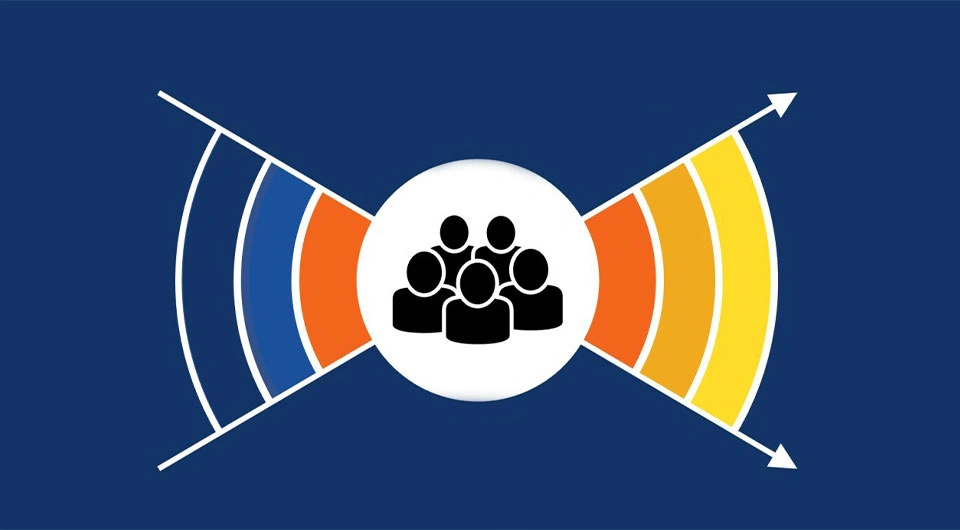
Examining the benefits of organizational prestige
Organizational prestige is more than just a positive reputation; it is a strategic advantage that impacts various aspects of a company’s success. Organizations with high credibility are often viewed as trustworthy and forward-thinking, which directly influences their ability to grow and sustain long-term achievements. Here, we will explore the key benefits of organizational credibility for businesses and institutions alike.
1. Attracting top talent
One of the most important benefits of organizational credibility is its power to attract highly skilled professionals. Talented individuals seek to work with reputable companies because it reflects well on their careers. This appeal not only makes hiring easier, but also promotes long-term employee retention.

2. Build customer loyalty
Credibility creates a sense of trust and confidence among consumers. When an organization is perceived as reputable, customers are more likely to remain loyal and support the brand. This loyalty often translates into repeat purchases and positive word-of-mouth marketing.
3. Increase financial stability
Investors and financial partners tend to support reputable organizations because of their stable and credible image. This perception reduces financial risks and makes it easier for companies to secure funding and investments, even in uncertain economic times.
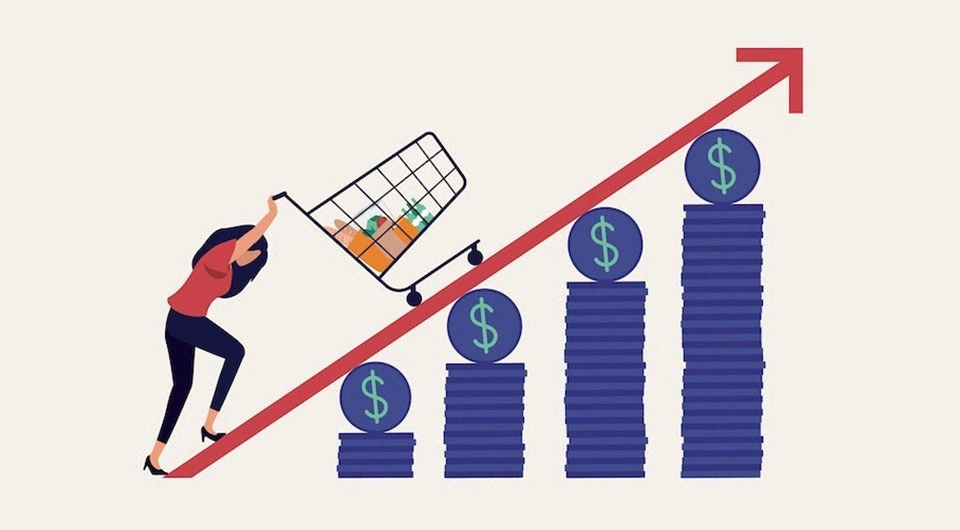
4. Gaining competitive advantage
In a competitive market, being recognized as a reputable company sets it apart from its competitors. This distinction not only attracts attention, but also solidifies the organization’s position as an industry leader and attracts customers and business partners.
5. Strengthening relationships with stakeholders
Trusted organizations build strong relationships with stakeholders, including customers, partners, and the community. This network of trust supports business initiatives, opens doors to collaboration, and increases overall brand influence.

6. Increase brand value
An authentic image enhances brand perception and makes products and services seem more valuable. Consumers often associate authenticity with quality, justifying premium pricing and fostering a sense of pride among customers.
7. Facilitate strategic partnerships
Businesses with high organizational credibility find it easier to form strategic alliances. Potential partners see them as reliable and beneficial collaborators, resulting in more significant opportunities for growth and development.
8. Increased media and public attention
Reputable organizations naturally attract positive media coverage. Whether through awards, recognition, or leadership initiatives, their actions are more visible and reinforce their valued position.

Investigating factors affecting organizational reputation
Organizational prestige is a fundamental element that influences the reputation, success, and sustainability of a company. It reflects how external stakeholders such as customers, employees, and industry peers perceive the value and credibility of an organization. To maintain or enhance reputation, it is crucial to understand the factors that shape it. Here, we examine the key factors that significantly influence organizational reputation.
1. Quality of products and services
The quality of products or services provided is a fundamental factor that directly affects organizational reputation. Companies that are known for consistently delivering high-quality outputs gain respect and recognition in their industry. On the other hand, poor quality can quickly tarnish a company’s image.
2. Ethical and responsible practices
Organizations that prioritize ethical business practices and corporate social responsibility (CSR) create a positive image. Consumers and partners increasingly prefer companies that are committed to sustainability, transparency, and social contributions, directly enhancing credibility.

3. Strong leadership and vision
Leadership plays a significant role in shaping organizational credibility. Leaders who demonstrate vision, integrity, and effective decision-making inspire confidence. Outstanding and respected leaders often enhance the organization’s standing, both internally and externally.
4. Innovation and Adaptability
Staying relevant in a rapidly changing market requires innovation. Companies that are constantly evolving and offering innovative solutions are often seen as industry leaders. Adapting to market changes without compromising quality also maintains a strong reputation.
5. Customer satisfaction and loyalty
Satisfied customers are likely to promote the organization through positive reviews and recommendations. Maintaining a high level of customer satisfaction directly contributes to a credible image, as customers perceive the company as trustworthy and customer-oriented.

6. Media and public relations
How the public and the media perceive an organization significantly affects its reputation. Positive press coverage, strategic public relations, and effective crisis management help maintain a favorable image. Conversely, negative publicity can quickly damage reputation.
7. Employee satisfaction and support
Employees who feel valued and satisfied become ambassadors for the organization. A positive internal culture and employee support enhance credibility by reflecting a company that cares about its workforce. Conversely, high turnover and dissatisfaction can damage a reputation.
8. Financial stability and growth
Organizations that demonstrate consistent financial performance are perceived as stable and reliable. On the other hand, financial mismanagement raises doubts about the competence of leadership and damages organizational credibility.
9. Social media presence and digital footprint
An active and positive social media presence helps build and maintain organizational credibility. Engaging with audiences, addressing feedback, and sharing achievements on digital platforms creates a clear and trustworthy image.

What is meant by organizational prestige?
Organizational prestige refers to the positive perception, reputation, and high standing that a company or institution has within its industry and among the general public. It is shaped by a variety of factors, including the quality of its products or services, ethical practices, leadership reputation, financial stability, and social responsibility. Credibility indicates how stakeholders such as customers, employees, investors, and society view the organization based on its achievements, stability, and credibility.
A reputable organization is often associated with excellence, trust, and influence, making it more attractive to employees, customers, and potential business partners. Maintaining organizational credibility requires ongoing efforts in maintaining high standards, clear communications, and adapting to industry changes while maintaining core values.
Overall Conclusion of Organizational Prestige
The journey toward building credibility often begins with establishing a cohesive brand identity. Organizations that clearly define their mission, vision, and values—and consistently reflect them in their actions—are more likely to earn and maintain respect. However, maintaining consistency can be challenging, especially in a dynamic business environment where customer expectations and market trends evolve rapidly. Therefore, agility and adaptability are essential to sustaining a credible image.
The article also emphasizes the importance of proactive communication and the use of technology. Clear, concise, and consistent communication with stakeholders builds trust, which is essential for organizational credibility. In addition, using technology tools to monitor public perception and manage brand reputation allows organizations to stay ahead of potential crises.
Additionally, participation in corporate social responsibility (CSR) initiatives demonstrates a commitment to social good that positively impacts public perception. These efforts, along with demonstrating industry leadership, significantly strengthen an organization’s standing.
